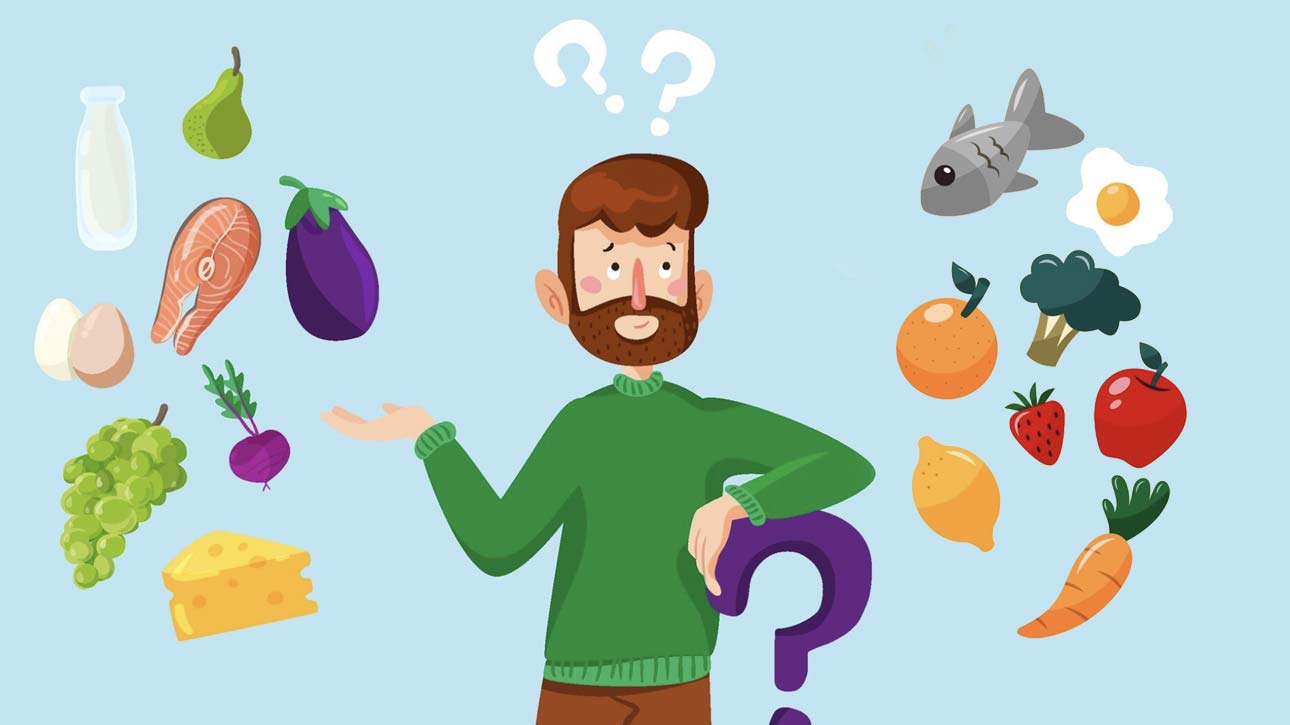More and more, I have patients coming to me wondering if they will experience crystals in their eyes or rashes all over their body if they lower their oxalate consumption.
I’ve always been frustrated by the misinformation about oxalate and how so many of my kidney stone patients give up very healthy foods because they heard that anything with oxalate is “toxic.”
Here is what I can tell you oxalate dumping.
There is no scientific evidence to support the notion that oxalate dumping is a real phenomenon.
Here’s what we do know. When you overeat high-oxalate foods—like spinach, almonds, beets, and cashews—your body handles oxalate in one of two ways:
- It binds the oxalate in your gut (especially if you’ve eaten enough calcium with the meal) and you eliminate it through your stool.
- Your body absorbs the oxalate into your bloodstream, and your kidneys filter it out through your urine.
That’s it. That’s the whole process.
There’s no secret oxalate storage system hidden in your tissues waiting to explode as soon as you give up almond flour. No detox, no drama, and nothing being “dumped.”
So, where does this theory originate?
Typically, it begins with someone making a significant dietary change. They cut out certain foods, maybe they start eating more simply, drinking more water, and getting more sleep. All of these are great things.
And when people start to feel better, it’s easy to attribute their improvement to whatever they just gave up. That’s human nature.
But sometimes people also notice new symptoms during this time—maybe a skin rash, a headache, a little fatigue—and they assume it must be part of the process.
That’s what we call correlation. Two things happen around the same time, and the brain jumps to the conclusion that one caused the other.
But correlation doesn’t mean causation.
There could be a dozen other explanations for those symptoms. The weather changed. You used a new detergent. You’re stressed. Your body is adjusting to a new eating pattern. Or maybe it’s something you’d have noticed anyway, but now you’re more tuned in.
And here’s something else I’m seeing more and more in my patients: online voices telling people that oxalate is a poison and that we should all be on ultra-low-oxalate diets for life. That message has caused considerable confusion—and even greater fear.
Now I have patients giving up berries, carrots, potatoes, and other healthy fruits and vegetables because they’ve been told these foods are toxic. These foods are nutritious and often low to moderate in oxalate when consumed in the right portion and paired with calcium. There’s no need to avoid them unless your test results tell you otherwise.
Some of this confusion comes from people learning about a real—but sporadic—genetic disease called primary hyperoxaluria.
In this condition, the liver produces excessive oxalate, resulting in dangerously high levels in the body. In these cases, oxalate can accumulate not only in the kidneys but also in other tissues. It is serious, and it is real—but it’s also incredibly rare.
In nearly 30 years of working in kidney stone prevention, I’ve only seen two cases of primary hyperoxaluria.
Most patients who form stones do so because of dietary factors, dehydration, and other more common medical conditions—not because their bodies are overproducing oxalate.
While it’s good to be informed, it’s also essential to keep things in perspective. Just because something exists doesn’t mean it’s likely. And just because something sounds scientific doesn’t mean it applies to you.
Here’s the simple truth: if you’re following the Kidney Stone Diet®, you are reducing the amount of oxalate you take in. You’re not triggering some wild internal cleanse. You’re giving your body less work to do—not more.
You’re also helping your body by getting enough calcium (which binds to oxalate and keeps it out of your urine), drinking more water, and reducing your intake of sodium and added sugar. That’s the real science behind lowering your stone risk.
Bottom line: oxalate dumping is not supported by research. And very low-oxalate diets are not necessary—or safe—for most people. If you’re experiencing new symptoms, it’s essential to remain curious—but also grounded. Don’t panic. And don’t assume it’s oxalate. Consult with your healthcare provider or consider a 24-hour urine collection to obtain a more accurate picture of your condition.
Instead of going down the internet rabbit hole, please keep it simple. Eat lower oxalate. Get your calcium with meals. Drink your water. Lower salt and added sugar. That’s how we prevent stones. That’s how we avoid the ER.














Leave a Reply